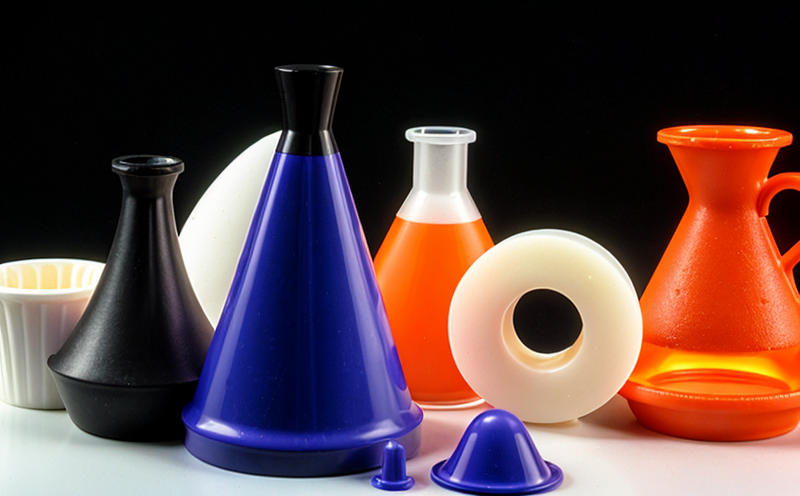ISO 4587 Adhesive Bond Strength Testing in Polymers
The ISO 4587 standard is an internationally recognized method used to determine the adhesive bond strength between two polymer surfaces. This test is crucial for quality assurance and development, ensuring that adhesives perform reliably under various conditions.
This testing procedure involves bonding two specimens made from polymers using a specified type of adhesive. The bonded samples are then subjected to tensile loading until failure occurs. The force at which the bond breaks provides an indication of the strength of the adhesive joint.
The polymer specimens can be prepared in various forms, such as sheets or films, depending on the application. It is essential that the surfaces of these specimens are clean and free from contaminants to ensure accurate bonding. Pre-treatment steps like sandblasting or chemical etching may be necessary before applying the adhesive.
The adhesive itself must meet specific criteria outlined in ISO 4587, including compatibility with both polymer types, appropriate viscosity, and curing time. Once applied, it is essential to allow sufficient time for curing according to the manufacturer's recommendations.
The tensile testing machine used for this procedure should have a known calibration and be capable of applying controlled loading rates throughout the test duration. The speed at which the load is increased can influence the results; therefore, consistent parameters are critical.
Specimen preparation plays a significant role in obtaining accurate results. Specimens must be cut to standard dimensions and tolerances as specified by ISO 4587. Any deviation from these specifications could lead to erroneous conclusions about adhesive performance.
The test setup involves securing one specimen onto the fixture of the testing machine while the other is free to move along with any elongation due to tensile force applied during loading. When failure occurs, the machine records both the maximum load reached before separation and the corresponding elongation at this point.
Results from multiple test repetitions are averaged to provide an overall measure of adhesive bond strength. These results help manufacturers evaluate their products' performance relative to industry standards or benchmarks set forth by regulatory bodies.
The interpretation of these tests helps identify potential weaknesses in the design or manufacturing process that might affect long-term durability and reliability of bonded structures. By adhering strictly to ISO 4587 guidelines, labs can ensure consistent, reproducible results across different batches or iterations.
- Benefits: Ensures compliance with international standards; provides reliable data for quality control purposes; aids in identifying potential issues early in the development cycle.
- Industry Applications: Used extensively within industries such as automotive manufacturing, construction materials production, and aerospace engineering where adhesion between polymer components is critical.





